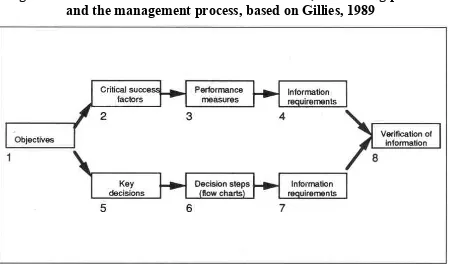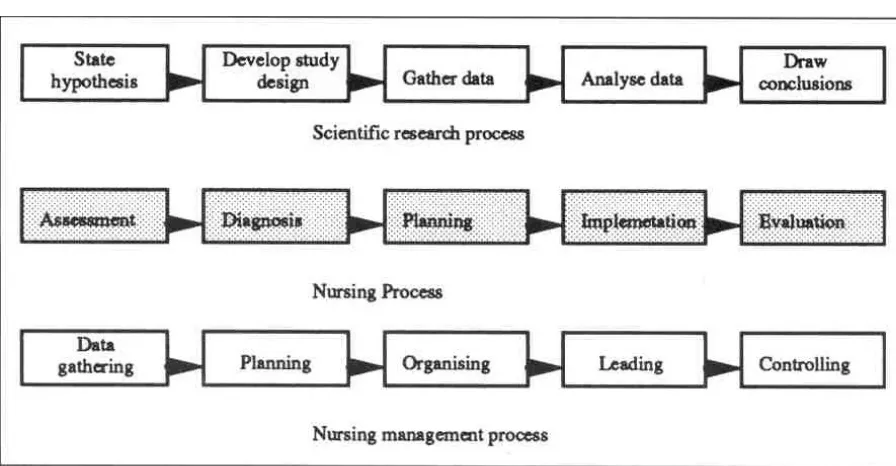Management Of Nursing
about :“
Designing the system of the ward structure in
accordance with the needs of the hospital
”
BY Group 6:
Bobby Dwi Putra
(1511314009)
Nadia Qonita
(1511314012)
Muthiah Tri Zuhriani (1511314018)
UNDERGRADUATED STUDENT
NURSING FACULTY
ANDALAS UNIVERSITY
PADANG
PREFACE
Praise be to Allah SWT who has helped his servant finish this paper with full ease. Without his help authors may not be able to finish it. The paper is structured so that the reader can expand the knowledge about “Designing the system of the ward structure in accordance with the needs of the hospital”, which we present is based on observations from a variety of sources. This paper was prepared by the authors with many obstacles. Both coming from self-constituent or from the outside. But with patience and especially the help of Allah, the paper finally be resolved.
Although this paper is not perfect, but it works fairly clear detail and language that is easily understood by the reader. Our thanks goes to lecturer of Nursing Community that has guided us and all those who have helped author of this paper finish. Hopefully this paper can provide greater insight to the reader. We realize this paper has advantages and disadvantages, constituent beg for advice and criticism. Thank you.
Padang, August 21st 2017
1. The System Of The Ward Structure In Accordance
With The Needs Of The Hospital
2. Head Nurse
Head nurses can work in any variety of medical facilities such as hospitals, treatment centers or nursing homes. In general, they work in larger facilities where coordination of nursing teams is needed. Head nurses carry out the same functions as any other nurse, but they are in a managerial position and often are responsible for whole sections of facilities as well as communication with upper management and doctors. a. Management
Head nurses are in charge of teams of nurses or divisions of health care facilities. For example, a head nurse might be in charge of all nursing in the emergency room. Head nurses are responsible for the performance of their teams, meaning they have to monitor the nurses who work under them and ensure they are fulfilling all their job requirements. The head nurse must coordinate nursing care by allocating resources where they are needed, whether in the form of nurses, medication, doctors or equipment. Head nurses need to make sure all the patients for whom they are responsible have needs met and receive appropriate attention. b. Administrative
Head nurses are in charge of organizing and carrying out a variety of administrative work. They have to organize, compile and store all the notes on patients taken by their nursing team. Often, they need to provide doctors with the relevant paperwork and information on the patients they are treating. Head nurses can also help refer patients’ files to billing and payment departments, or process payment information on their own. Computer proficiency is often needed, along with a vast understanding of medical terminology to apply proper shorthand or file papers correctly. Administrative work also includes keeping records on facility resources.
c. Communication
are often in charge of ordering products from suppliers. Head nurses also spend time communicating with patients and their families about treatment options. d. Hiring and Training
Head nurses are usually also in charge of hiring, screening potential employees, looking over resumes, conducting interviews and making hiring decisions. After this, they are in charge of training the new hires. Head nurses can order or suggest continuing education or remedial training and classes for their staff when needed. Sometimes they give talks and teach classes within the facility or elsewhere. Head nurses are in charge of maintaining working relationships with their staffs, which includes scheduling, pay and conflict resolution where necessary.
3. Nurse Supervisor
Promotes and restores patients' health by developing day-to-day management and long-term planning of the patient care area; directing and developing staff; collaborating with physicians and multidisciplinary professional staffs; providing physical and psychological support for patients, friends, and families.
Nurse Supervisor Job Duties:
Accomplishes nursing human resource objectives by selecting, orienting,
training, assigning, scheduling, coaching, counseling, and disciplining employees; communicating job expectations; planning, monitoring, appraising job contributions; recommending compensation actions; adhering to policies and procedures.
Meets nursing operational standards by contributing information to strategic plans and reviews; implementing production, productivity, quality, and customer-service standards; resolving problems; identifying system improvements.
Meets nursing financial standards by providing annual budget information; monitoring expenditures; identifying variances; implementing corrective actions.
Identifies patient service requirements by establishing personal rapport with
potential and actual patients and other persons in a position to understand service requirements.
Assures quality of care by developing and interpreting hospital and nursing division's philosophies and standards of care; enforcing adherence to state board of nursing and state nurse practice act requirements and to other governing agency regulations; measuring health outcomes against standards; making or recommending adjustments.
Completes patient care requirements by scheduling and assigning nursing and staff; following up on work results.
Establishes a compassionate environment by providing emotional,
psychological, and spiritual support to patients, friends, and families.
Promotes patient's independence by establishing patient care goals; teaching and counseling patient, friends, and family and reinforcing their understanding of disease, medications, and self-care skills.
Provides information to patients and health care team by answering questions
and requests.
Resolves patient needs by utilizing multidisciplinary team strategies.
Maintains safe and clean working environment by designing and
implementing procedures, rules, and regulations; calling for assistance from other health care professionals.
Protects patients and employees by developing and interpreting
infection-control policies and protocols; enforcing medication administration, storage procedures, and controlled substance regulations. emergency equipment availability; completing preventive maintenance requirements; following manufacturer's instructions; troubleshooting malfunctions; calling for repairs; maintaining equipment inventories; evaluating new equipment and techniques..
Maintains professional and technical knowledge by attending educational workshops; reviewing professional publications; establishing personal networks; participating in professional societies.
Maintains a cooperative relationship among health care teams by communicating information; responding to requests; building rapport; participating in team problem-solving methods.
Accomplishes organization goals by accepting ownership for accomplishing
new and different requests; exploring opportunities to add value to job accomplishments.
4. Head’s Room 5. Practice Nurse
patient consultations within surgeries or health centres
carrying out physical examinations, investigatory procedures and cervical smear and pregnancy tests
diagnosing and treating illnesses and ailments
providing advice about contraception and fitting contraceptive devices
treating wounds
applying and removing dressings
providing emergency first aid and treatment
giving advice, education and information about health conditions and ailments, stopping smoking and losing weight
taking patient samples, swabs and specimens, and checking pulses, temperatures
and blood pressures
administering immunisations, vaccinations (for example for influenza) and infant
injections
running well woman and man clinics and clinics for specific ailments such as diabetes and asthma
liaising with other health care professionals, practice nurses, GPs and/or hospitals
Figure 1. Similarities between the scientific method, the nursing process
and the management process, based on Gillies, 1989
If we desire the bedside nurse to use the scientific method and demonstrate professional behaviour, should we not expect as much from the nurse manager?
Nursing management can be defined as 'the process of working through nursing staff members to provide care, cure and comfort to patients'. The nurse manager's job is to plan, organise, direct and control financial, material and human resources, so as to provide the most effective care possible to groups of patients and their families. The nursing management process parallels the nursing process that it is intended to facilitate. The management process, like the nursing process, includes gathering data, identifying problems, making plans, implementing plans and evaluating results.
The process
A process is a series of actions leading towards a goal. In the nursing process, the ends might be relief of symptoms, prevention of complications, augmentation of health knowledge and skills, or the facilitation of maximal independence. In the nursing management process, the goal is to deliver the most effective and efficient care for a group of patients.
Figure 2. A model to determine nursing management information requirements, based on Thomas 1986
All these steps lead to the formulation of information requirements and system design. In identifying information requirements, very often a distinction is made between data and information. Data are the building blocks of information, or information without meaning.
The nursing assignment
Identifying the management information requirements for the nursing assignment problem provides one example of a nursing management process.
Most emphasis has been put in the characteristics and patterns of the assignment process are patients or tasks been assigned to a nurse?
are patients assigned to just one nurse or to a team of nurses and health care workers?
for which period in time, is the pattern assigned - is it just for one day or for the whole hospitalisation of the patient?
Most of these question are dealt with in the professional nursing literature.

